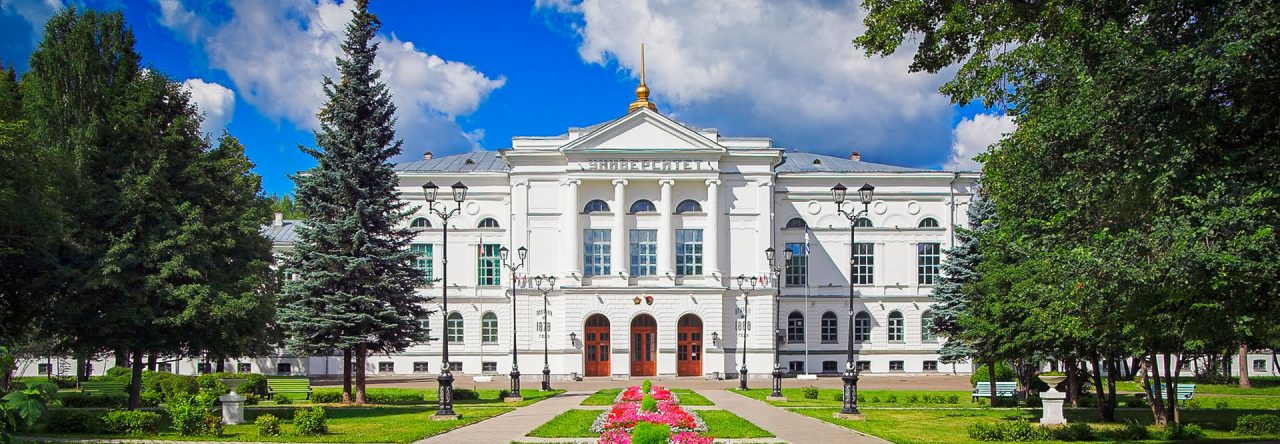June 25 (MAIN BUILDING TSU, ROOM 229)
09:30 – 10:00 Registration
10:00 – 10:50 Louis KAUFFMAN (Chicago, USA / Novosibirsk, Russia) Majorana Fermions, Braiding and the Dirac Equation
Abstract: This talk will discuss how the Dirac equation arises from Clifford algebraic considerations and how examining the action of the Dirac operator on a plane wave gives rise to an algebraic reformulation of the Dirac equation (equivalent to the original) that has solutions in terms of nilpotent elements of the Clifford algebra. These nilpotent elements can be regarded as annihi- lation operators for a fermion. We point out how the nilpotents decompose into Majorana operators and discuss how this point of view is related to the braiding of Majorana Fermions and to the original work of Majorana on the Dirac equation. We also discuss how this work is related to the work of Peter Rowlands and how it is related to the author’s program for elucidating discrete physics in terms of non-commutative algebra.
Tea/Coffee (20 min)
11:10 – 12:00 Sergey MATVEEV (Chelyabinsk, Russia)
A new approach to the famous Newman’s Diamond Lemma
Abstract: A new approach to the famous Newman’s Diamond Lemma is developed. This approach promises an essential progress in the theory of prime decompositions of geometric objects.
12:10 – 13:00 Aleksandr MEDNYKH (Novosibirsk, Russia)
Enumeration of spanning trees, spanning forests and Kirchhoff index for circulant graphs
Abstract: In this presentation we investigate the infinite family of circulant graphs Cn(s1,s2, … ,sk). We present an explicit formula for the number of spanning trees, rooted spanning forests and the Kirchhoff index. Then we investigate arithmetical and asymptotic properties of the obtained numbers. All formulas are given in terms of the Chebyshev polynomials. We start with some basic definitions.
13:00 – 15:00 Lunch
15:00 – 15:30 Manpreet SINGH (Mohali, India)
Residual finiteness of quandles
Abstract: Residual finiteness is known to be an important property of groups appearing in combinatorial group theory and low dimensional topology. We investigate residual finiteness of quandles and present some recent observations about residual finiteness of free quandles and linkquandles.
15:40 – 16:10 Tatyana KOZLOVSKAYA (Tomsk, Russia)
Cyclically presented Sieradski groups with even number of generators and three dimensional manifolds
Abstract: We consider the generalised Sieradski group S(2n,7,2), n≥1. We prove that n-cyclic presentations of their groups are geometric, i.e., correspond to the spines of closed connected orientable 3-manifolds. These manifolds M(2n,7,2) are the n-fold cyclic coverings of the lens space L(7,1).
16:20 – 16:50 Nikolay ABROSIMOV (Novosibirsk / Tomsk, Russia)
Volume of a compact hyperbolic tetrahedron in terms of its edge matrix
Abstract: A compact hyperbolic tetrahedron T is a convex hull of four points in the hyperbolic space. It is well known that T is uniquely defined up to isometry either by the set of its dihedral angles or the set of its edge lengths. A Gram matrix G(T) of tetrahedron T consists of cosines of its dihedral angles, while an edge matrix E(T) is formed by hyperbolic cosines of its edge lengths. In 1907 Italian mathematician G. Sforza found a formula for the volume of a compact hyperbolic tetrahedron T in terms of its Gram matrix cofactors. The new proof of the Sforza’s formula was recently given by A. Mednykh and N. Abrosimov (2014). At the same time, the Sforza’s formula has some drawback associated with the need to choose the analytical branch of a multivalued function under the integral. In the present work, we obtain an exact formula for the volume of T in terms of its edge matrix cofactors. Our formula is devoid of the above disadvantage since under the integral there is an unambiguous function. Also, this is a first known formula for the volume of a compact hyperbolic tetrahedron of general type in terms of its edge lengths.
Страницы: 1234
